Crane Limit Switch
1700.00 INR/Number
Product Details:
- Application DOUBLE SAFTEY FOR UP DOWN MOTION
- Load Capacity 100000 Tonne
- Voltage 500 Volt (v)
- Click to view more
X
Crane Limit Switch Price And Quantity
- 1 Number
- 1700.00 INR/Number
Crane Limit Switch Product Specifications
- DOUBLE SAFTEY FOR UP DOWN MOTION
- 500 Volt (v)
- 100000 Tonne
Crane Limit Switch Trade Information
- 100 Number Per Week
- 1 Week
- CARTOON BOX
Product Description
A crane limit switch is a safety device used in crane systems to prevent over-travel or overloading of the crane. It is designed to stop the motion of the crane when it reaches a certain position or when it exceeds a specified load limit. The primary purpose of limit switches in cranes is to enhance safety by preventing accidents and damage to the equipment.
Here are the key functions and features of crane limit switches:
1. Over-Travel Protection: Limit switches are strategically placed at critical points in the crane's travel path, such as the extreme ends of the crane bridge or trolley travel. When the crane reaches these limits, the limit switch activates and stops further motion to prevent over-travel.
2. Overload Protection: Some crane limit switches are equipped with load cells or sensors to monitor the load being lifted. If the load exceeds the preset limit, the limit switch is triggered, and the crane is automatically halted to prevent overloading.
3. Emergency Stop Function: In the event of a critical situation or emergency, limit switches can be designed to act as emergency stop devices, bringing the crane to a rapid halt to prevent accidents.
4. Safety Compliance: Crane limit switches are often a mandatory safety feature in industrial environments, and their use is regulated by safety standards to ensure the protection of personnel and equipment.
5. Adjustability: Many limit switches are adjustable, allowing operators to set specific limits for travel or load capacity based on the requirements of the job.
6. Reliability: Limit switches are built to be reliable and durable, capable of withstanding the harsh conditions often encountered in industrial settings.
Crane Limit Switch Video:
Download PDF of Crane Limit Switch:
Enter Buying Requirement Details
 08045801632
08045801632
 English
English Spanish
Spanish French
French German
German Italian
Italian Chinese (Simplified)
Chinese (Simplified) Japanese
Japanese Korean
Korean Arabic
Arabic Portuguese
Portuguese
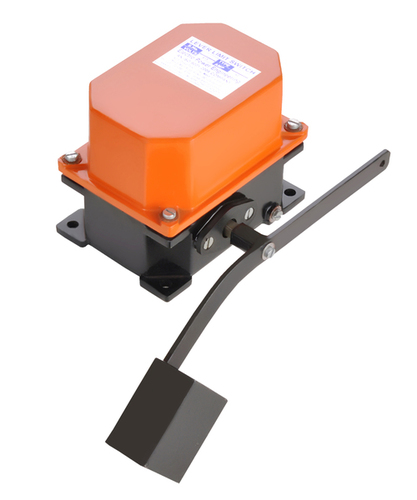
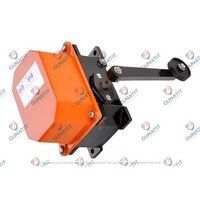
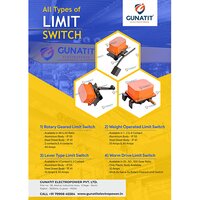
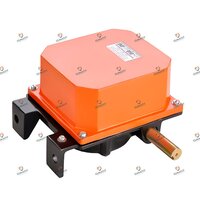
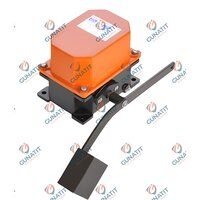








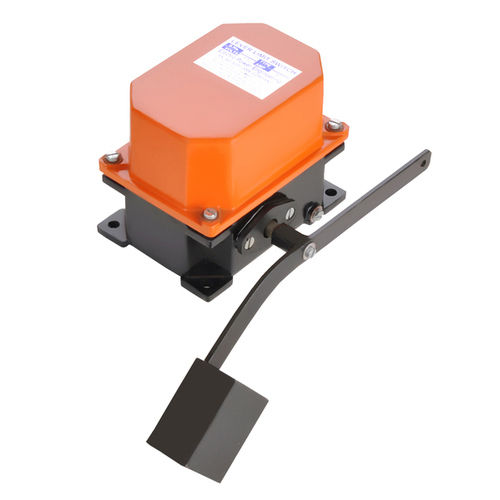
 Send Inquiry
Send Inquiry Send SMS
Send SMS Call Me Free
Call Me Free